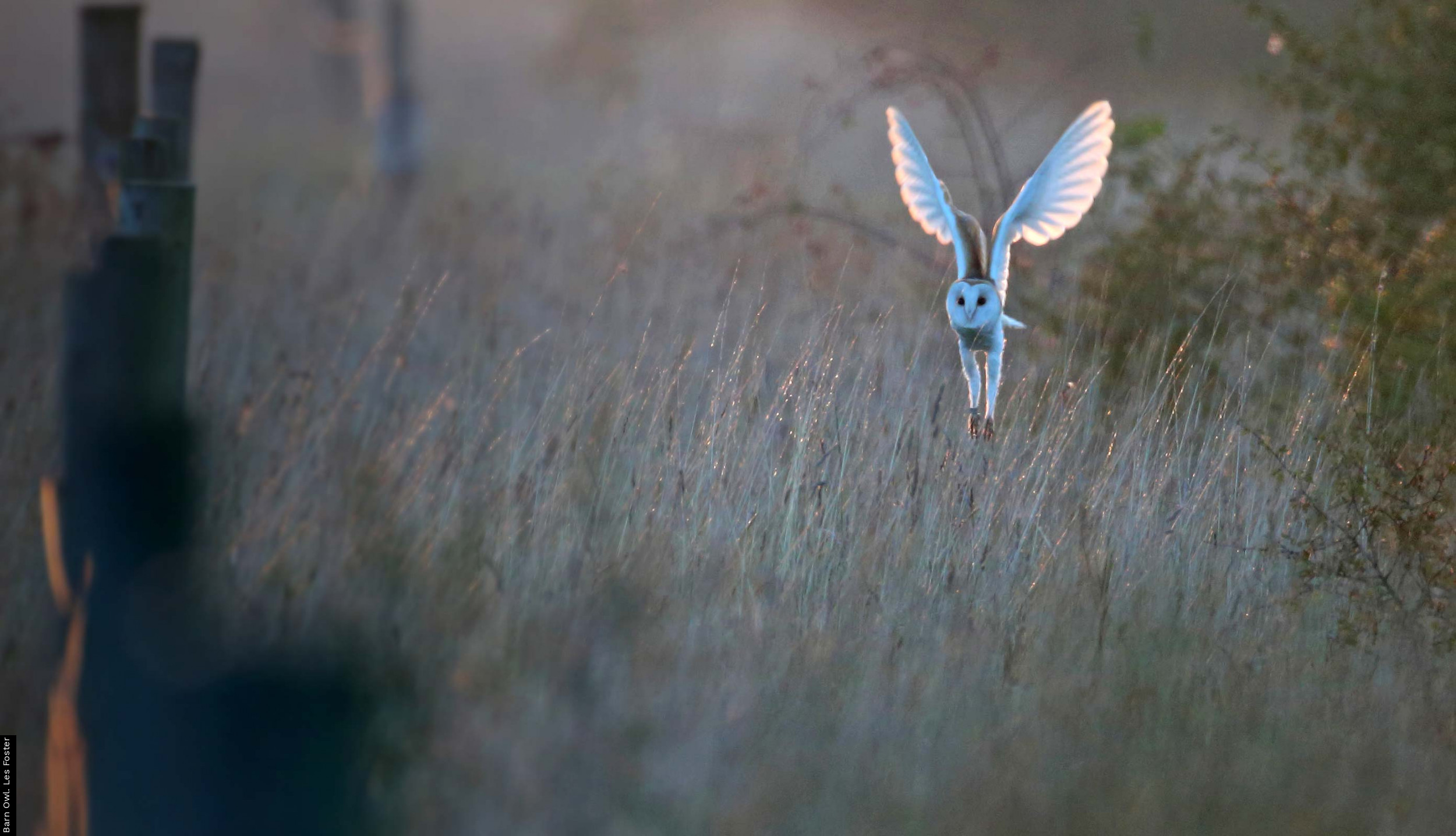Laridae - Gulls
Gulls are perhaps the most familiar of seabirds, though many species are not closely tied to the sea or the shore. As a group they are opportunists, able to exploit new food sources readily. This has led, in Britain, to rapidly expanding populations of urban gulls, which are becoming an increasing problem. They vary in size from the diminutive Little Gull to the piratical Great Blackback, but in almost all species, the underparts are white and the upperparts grey or black (a few species are all white or all dark). The heads are either all white or with a dark mask or hood, which is only present in the summer months.
They are accomplished fliers (blackbacks use their manoeuverability to pirate food from other birds) and their webbed feet mean they are also at home on the water. Although found worldwide, they occur in greatest numbers in the Northern Hemisphere, and some species, such as the Ivory Gull even inhabit the polar pack-ice. Outside the breeding season, they become largely marine and the Kittiwake is truly pelagic, being found far from shore.
Although there is no such thing as a "seagull", the Herring Gull perhaps comes closest, being found in seaside resorts around the country. The Black-headed Gull is probably the most widespread gull, being found anywhere there is water, even in the largest cities.
Regularly Occurring Species
Mediterranean Gull
Little Gull
Black-headed Gull
Common Gull
Lesser Blackback
Herring Gull
Iceland Gull
Glaucous Gull
Great Blackback
Kittiwake
Occasional Visitors
Great Black-headed Gull
Laughing Gull
Franklin's Gull
Sabine's Gull
Bonaparte's Gull
Slender-billed Gull
Audouin's Gull
Ring-billed Gull
Yellow-legged Gull
Caspian Gull
American Herring Gull
Glaucous-winged Gull
Ross' Gull
Ivory Gull






Share this page